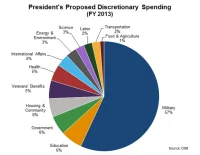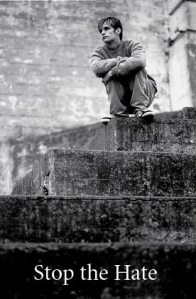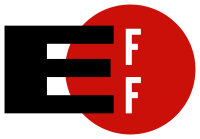On this date, Werner Heisenberg’s paper establishing the basic principles of quantum mechanics was received for publication by the scientific journal Zeitschrift für Physik. He later received the Nobel Prize in Physics for 1932 “for the creation of quantum mechanics, the application of which has, inter alia, led to the discovery of the allotropic forms of hydrogen”.
The leading theory of the atom when Heisenberg entered the University of Munich in 1920 was the quantum theory of Bohr, Sommerfeld, and their co-workers. This concept was based on the classical motion of electrons in well-defined orbits around the nucleus (the so-called planetary model of the atom) and the quantum restrictions were imposed arbitrarily so that the consequences of the atomic model fit in with the existing experimental results. Although the theory had been highly successful in certain situations, during the early 1920s three areas of research indicated that this theory was inadequate and would need to be replaced. These areas included the study of light emitted and absorbed by atoms (spectroscopy); the predicted properties of atoms and molecules; and the nature of light itself–did it act like waves or like a stream of particles?
During his work in Munich, Göttingen, and Copenhagen, Heisenberg engaged intensively in the theoretical study of all three of these areas of research. By 1924 physicists in Göttingen and Copenhagen were agreed that the old quantum theory had to be replaced by some new “quantum mechanics.”
Heisenberg set himself the task of finding the new quantum mechanics upon returning to Göttingen from Copenhagen in April 1925. Since the electron orbits in atoms could not be observed, it cannot be assumed with sufficient certainty that the planetary orbits of electrons postulated by Bohr really exist, thought Heisenberg. The orbital picture visualized for this model could never be put to the test of experiment. Heisenberg argued that it was a mistake to think of the structure of the atom in visual terms at all. What we really know of the atom is what we can really observe of it. Thus, Heisenberg proposed to construct a theory for describing the structure of the atom in terms of quantities which can be actually observed, such as frequencies and intensities of the light emitted or absorbed by atoms.
On June 7, to escape the effects of a bad attack of hay fever, Heisenberg left for the pollen free North Sea island of Helgoland. While there, in between climbing and learning by heart poems from Goethe’s West-östlicher Diwan, he continued to ponder the issue and eventually realized the possible solution, and he later wrote:
It was about three o’ clock at night when the final result of the calculation lay before me. At first I was deeply shaken. I was so excited that I could not think of sleep. So I left the house and awaited the sunrise on the top of a rock.
After Heisenberg returned to Göttingen, he mailed Wolfgang Pauli his calculations along with a cover letter in which he commented:
Everything is still vague and unclear to me, but it seems as if the electrons will no more move on orbits.
About July 15, Heisenberg gave the same paper of his calculations to Max Born, saying, “…he had written a crazy paper and did not dare to send it in for publication, and that Born should read it and advise him on it…” prior to publication. Heisenberg then departed on a month-long lecture trip to Holland and England and a camping trip to Scandinavia with his youth-movement group, leaving Born to analyze the paper.
After puzzling over the derivation, Born finally recognized that the unfamiliar mathematics was related to the mathematics of special arrays of numbers known as “matrices” (singular: matrix). The mathematical devices called matrices had been known since the 1850s but Heisenberg was the first to apply them in physics. Born sent Heisenberg’s paper off for publication. Using the mathematics of matrices, scientists had at last a new mechanics for calculating the quantum behavior of particles, a quantum mechanics that was sometimes referred to as “matrix mechanics.”
References:
- Werner Heisenberg, “Über quantentheoretische Umdeutung kinematischer und mechanischer Beziehungen” [Quantum theoretical re-interpretation of kinematic and mechanical relations], Zeitschrift für Physik, 33, 879-893, 1925 (received July 29, 1925).
- Werner Heisenberg. Der Teil und das Ganze. (Munich: Piper, 1969.) [English: Physics and Beyond: Encounters and Conversations. A.J. Pomerans, trans. (New York: Harper & Row, 1971.)]






























You must be logged in to post a comment.